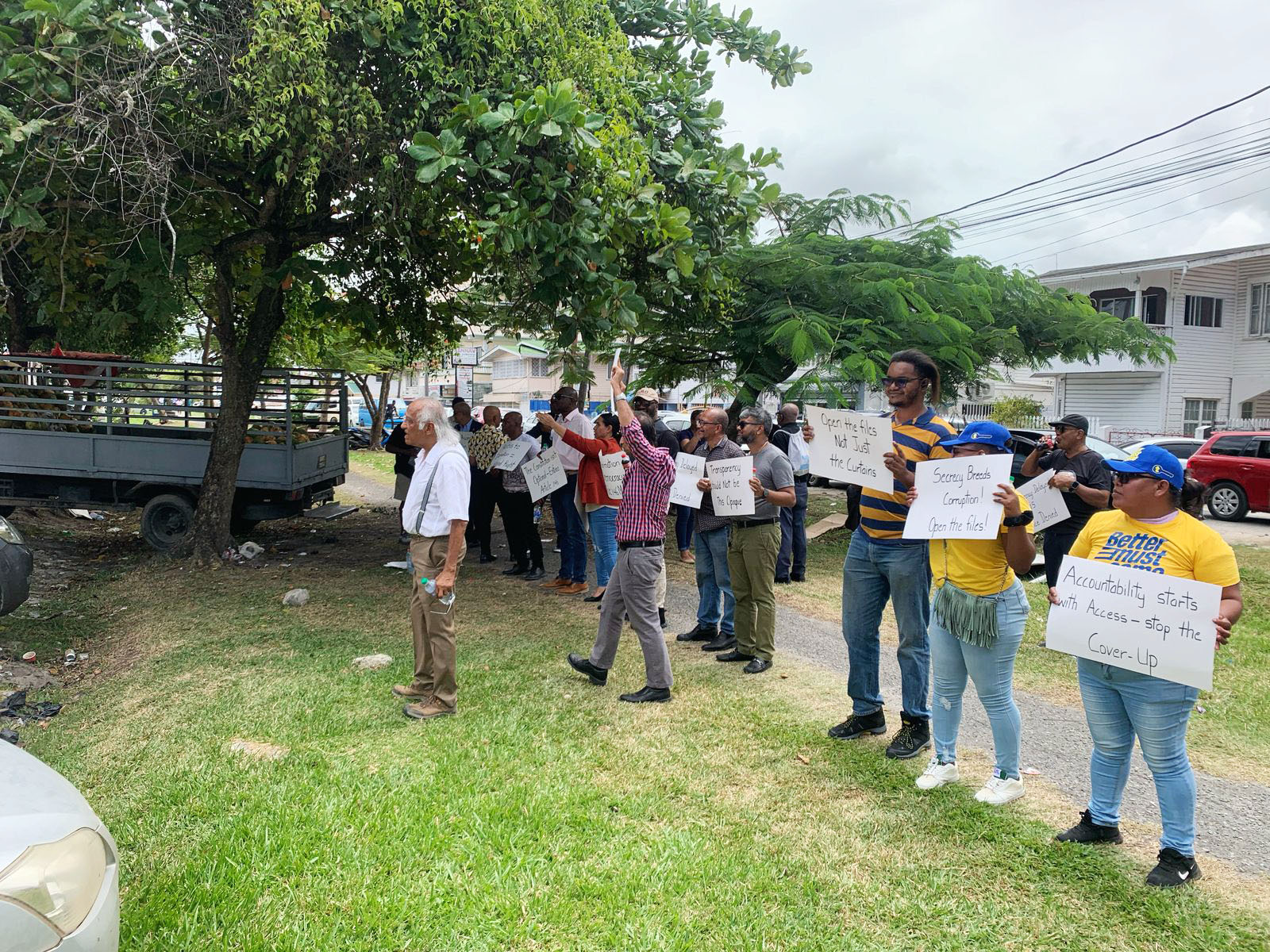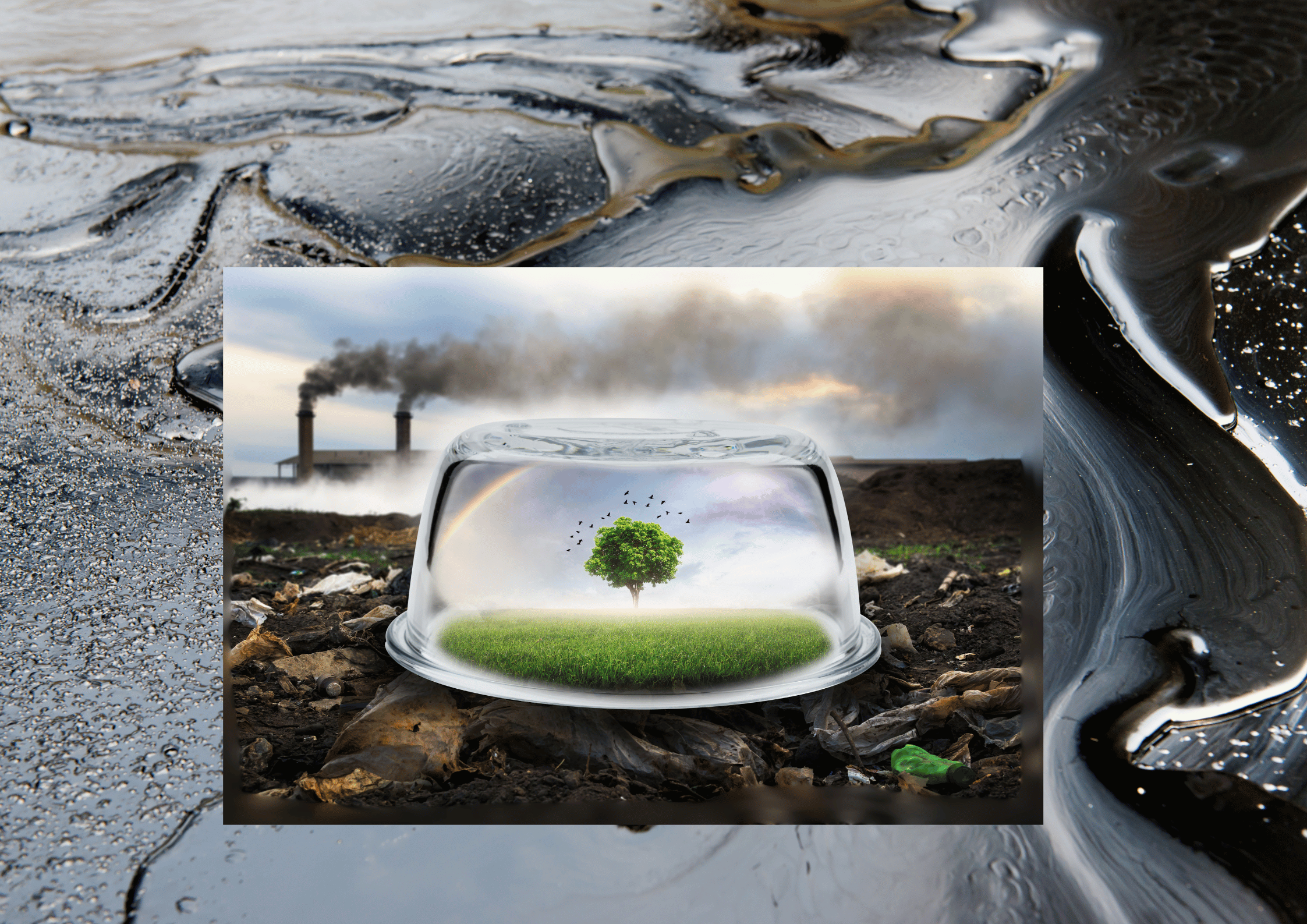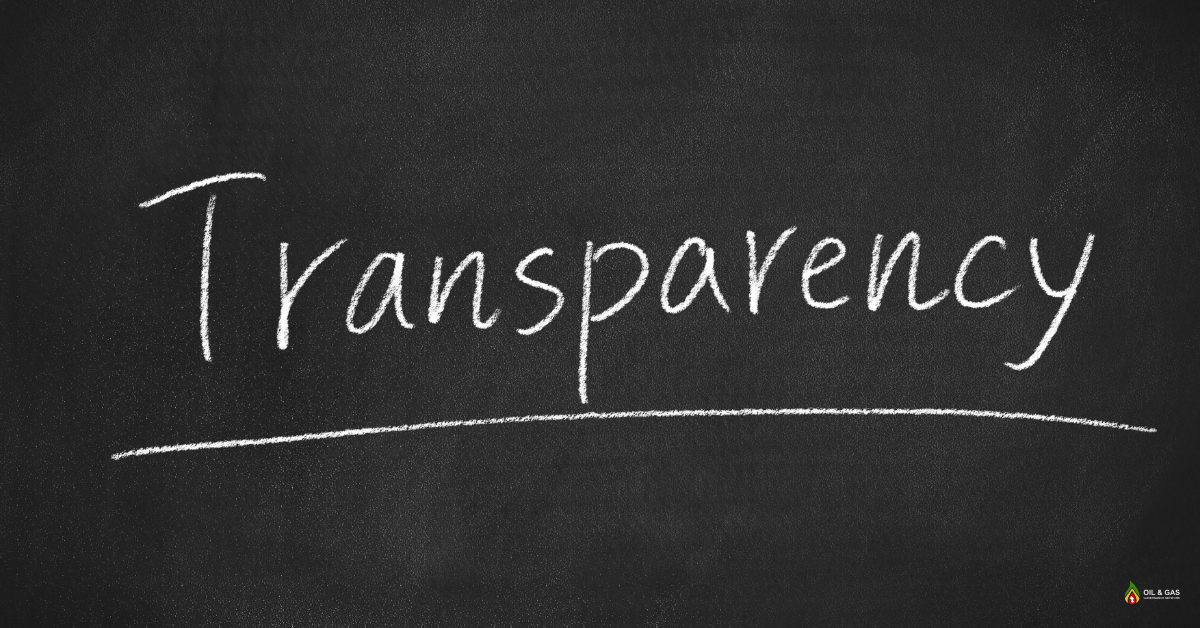Originally from: https://www.stabroeknews.com/2019/02/24/news/guyana/exxon-getting-epa-approval-for-liza-phase-2/
Start of original publication from Stabroek News (comments by OGGN in at the bottom of article, in purple)
February 24, 2019
ExxonMobil is expected to receive its permit from the Environmental Protection Agency (EPA) this week for its Liza Phase 2 operations in the Stabroek Block, offshore Guyana, after assuring the agency that it could cover the liability in the event of an oil spill.
In addition, the standard used in measuring ExxonMobil’s financial absorbance capacity for offshore spill protection will now be used for all other companies seeking to explore offshore, depending on the type of works and possible risks, Head of the EPA Dr. Vincent Adams says.
“Today, I received all of the documentation and liability to cover any form of spills with respect to the insurance and they have submitted what was needed. It is fair to say that by the 1st of March, latest, they will get the permit,” Adams told Sunday Stabroek in an interview last Wednesday.
The EPA had expressed concern over the fact that ExxonMobil’s subsidiary, Esso Exploration and Production Guyana Limited (EEPGL), which with partners CNOOC and NEXXEN are in a production sharing agreement with the government of Guyana, had applied for the Liza Phase 2 permit but did not show evidence that it was financially capable of absorbing the liabilities from an offshore spill.
“The final permit was with the EPA for some months but we had one main issue and that is the liability to cover oil spills, etc. I have had several meetings with both [Head of the Department of Energy (DoE) Dr. Mark Bynoe] and his staff and EEPGL and [EEPGL Country Manager] Rod Henson and his folks. The issue was liability to cover any type of spills, as I said. So Rod sent me correspondence to that issue. We wanted to see insurance coverage or liability transfer up to the parent company [ExxonMobil]. The stall in them getting it was because we weren’t convinced or saw satisfactory evidence presented for insurance that EEPGL on its own, through its assets, [could] take care of an oil spill or any accident of that magnitude with its current limited assets. The key was in the document clause it says ‘EEPGl will cover the liability,’ except it didn’t say by insurance or how. We wanted specificity as to how it would be covered,” Adams explained.
“The one thing I have been asking is: ‘What is the international standard? And if that standard would be used here?’ We are not asking out of the ordinarily. All we want to have is what are they required to do for the developed countries and we should not expect or will accept anything less. In the application for the permit, there wasn’t evidence presented to satisfy the requirements for insurance and the key was in the clause for liabilities where it said EEPGL will cover. EEPGL is a limited liability company, they do not have the assets to cover. They are a subsidiary of ExxonMobil as everyone knows. Verbally, I was given the assurance that ExxonMobil pick up and they have insurance and all of that. But you have to understand that in business getting documentation is key. Yes, putting it in black and white. I wanted specificity as to how it would be covered by insurance. You say, ‘Oh, it will,’ then fair enough, show me in writing exactly how and state by insurance. I wanted documented assurance by seeing insurance,” he added.
Sunday Stabroek understands that ExxonMobil submitted proof of insurance coverage of up to US$2 billion through a United Kingdom company.
‘Duty to the people’
Upon his appointment, Adams had told this newspaper that oversight of the oil and gas sector would be of a high quality and there will be no compromise with companies on environmental standards.
He has disclosed that the EPA and the DoE will be collaborating to review and analyse all oil and gas Environmental and Social Impact Assessments (ESIAs), with external expert help if needed. He emphasised that those reviews will in no way be influenced by the proposed work schedules or plans of any company.
He reiterated much of what he had said then last week even as he stressed that both the EPA and DoE have pledged to “always look out for Guyana’s interests” and will continue to do so.
“Oil companies have to look out for their shareholders’ interests and we have a duty for the people of this country. The EPA and the DoE will strive to ensure that all of their actions benefit Guyana. So although some might say that we stalled the process or whatever, we will say that we did not stall anything. There was a delay and the delay came about because we wanted to ensure that if anything happens, which we know the chances are very small and we also know Exxon is one of the safest operators and all of that, but that we are covered and no company can wiggle out of requirements because there was no documentation. That is how we operate in the first world, you have to be specific and we will do that here,” he said.
A potential oil spill and the effects on the environment were among the main concerns raised when the EPA held countrywide public scoping meetings on the Liza Phase 2 Development Project last year.
In addition, the project’s effect on marine life and the plans for the management of the hazardous waste that will be produced were also among citizens’ concerns.
Meanwhile, Exxon’s Operations Manager Doug McGhee said last Wednesday that the company was expecting the EPA permit within the first quarter of this year. He made the disclosure when he gave an overview of plans, including the Liza Phase 2 project, which is scheduled to begin production by 2023.
The company’s description of the project states that the development plan involves a second floating, production, storage and offloading vessel (FPSO) and related subsea equipment, umbilical, risers and flowlines. The development concept, it noted, is similar to that of Liza phase 1. Approximately 35 to 40 wells may be drilled at two subsea drill centres, which will consist of a combination of producers and injectors to support production of oil, injection of water, and reinjection of associated gas. The FPSO will have an estimated production capacity of approximately 190,000 to 220,000 barrels of oil per day, the company explained.
The company was forced to delay a Final Investment Decision (FID) on Liza Phase 2 last year had as a result of the government’s move to carefully assess Field Development Plans (FDPs).
However, it had stated that Lisa Phase 2’s financial estimate stood in December at US$58 million per well, where out of 30 wells to be drilled, 15 will be producers, nine will be water injectors and six, gas injectors.
McGhee reassured that there should be no fear about the company’s ability to deal with an oil spill as its response programme and teams are second to none globally.
ExxonMobil has an oil spill response manual for all its subsidiaries and employees. That manual points out that while all spills are unique, there is a three-tiered categorisation system to be used and the company sets out response priorities. Foremost among its priorities in the event of a spill is protecting the safety and health of responders and the public. This is followed by reducing the impact to the environment and, lastly, protecting property.
‘Consistency’
Adams said that ExxonMobil’s Country Manager has assured that the company will meet industry standards and has been cooperating with the EPA to submit documents to support its pledge.
“He [Henson] has given me the assurance that it is industry standards they are planning to use also.
He and his team have been very cooperative. There were other questions also and they fixed those… They have been working with the EPA to get this done and I must highlight that. I don’t want people to think that they were resistant because they were not,” he said.
“They have also committed to working with us because Liza 1 was already granted and doesn’t have the wording so we are seeing what we can do there because we want consistency. I am talking to my legal people and I talked to Rod. The company, I must tell you, understands where we are coming from because they are in this business. They understood the need for documentation and provided that fully. I have spoken to Rod on if it would be possible to do an addendum to Liza 1. We would look at the language in Liza 1, because I wasn’t here then, and see if we can fix that. They have indicated that should not be a problem,” he added.
Adams said that going forward, oil spill liability coverage must be clearly covered in all documentation for permits.
“All the developments, in principle, must have. I say in principle because with a single well it may not be necessary to have the same language in that as an entire development with say eight wells.
It is the same principle that all will need coverage. Whatever risk is there, be it drilling a well or development, because for example this Liza 2 is an entire field… every permit we will have to look at and see what are the risks and adequate coverage. I am hitting home that in principle in the risk of spill there must be protection. Every single permit has to have insurance coverage,” he said.
End of original article at: https://www.stabroeknews.com/2019/02/24/news/guyana/exxon-getting-epa-approval-for-liza-phase-2/
Comments by OGGN on August 7th, 2022
The above Stabroek News article of February 24, 2019, confirms unquestionable consistency with Dr. Adams’s recollection of the decisions relative to unlimited/full coverage liability coverage for oil spills during his tenure as Head of the EPA. The article clearly shows that Dr. Adams should be highly commended as a true Guyanese patriot for his standing up to Exxon and forcing them to acquire unlimited/full liability coverage that he crafted into the Liza 2 original Permit, and copied into all four Permits (Liza 1 and 2 modified, Payara and Yellowtail). signed by Mr. Routledge, the current Country Manager of Exxon.
In reviewing Dr. Adams’s recent writings on this subject and cross-checking with the Permits under Section titled LIABILITY FOR POLLUTION DAMAGES, it is irrefutable that the exact language in all four of the Permits says that EEPGL is liable for the “discharge or release….in any amount”. “In any amount” could surely only mean “unlimited”. However, since EEPGL does not have the assets to cover a major spill, the language says plainly that EEPGL must first purchase insurance, to be supplemented by a parent company guarantee to “pay the obligations” above the insurance for “any amount…if EEPGL fails to do so”.
The Permits further states that they are “issued subject to the fulfillment of correspondence dated March 20,2019 indicating the commitment of EEPGL to obtain such insurance for coverage of environmental liabilities”. The Permits also required that EEPGL “provide evidence that the affiliates (Hess and CNOOC) can provide that guarantee or agreement”. Isn’t this March 29, 2019 letter, the document that contains the $2 – 2.5 Billion insurance that Dr. Adams has been talking about and which the Government has been denying ever existed? And is this the “guarantee” that supports what Dr. Adams has been saying about ongoing meetings to arrive at that guarantee?
From all of the Government’s responses to questions, it appears certain that the unlimited/full liability coverage that Dr. Adams fought for, and now enshrined in all of the Permits, has not been met, yet the Government is allowing this continue breaking of our laws by Exxon without raising a finger. Joining with Dr. Adams calls, we are also calling for the Government to explain why it is allowing this violation of our laws. The Stabroek News article and reviews of the related Permits and Dr. Adams’s writings clearly prove Dr. Adams’s recollection to be consistent and accurate, and also substantiates his clamour that the Government has cancelled all of the progress he made in standing up to Exxon for the people of Guyana.
End of Comments by OGGN on Aug 7th, 2022










